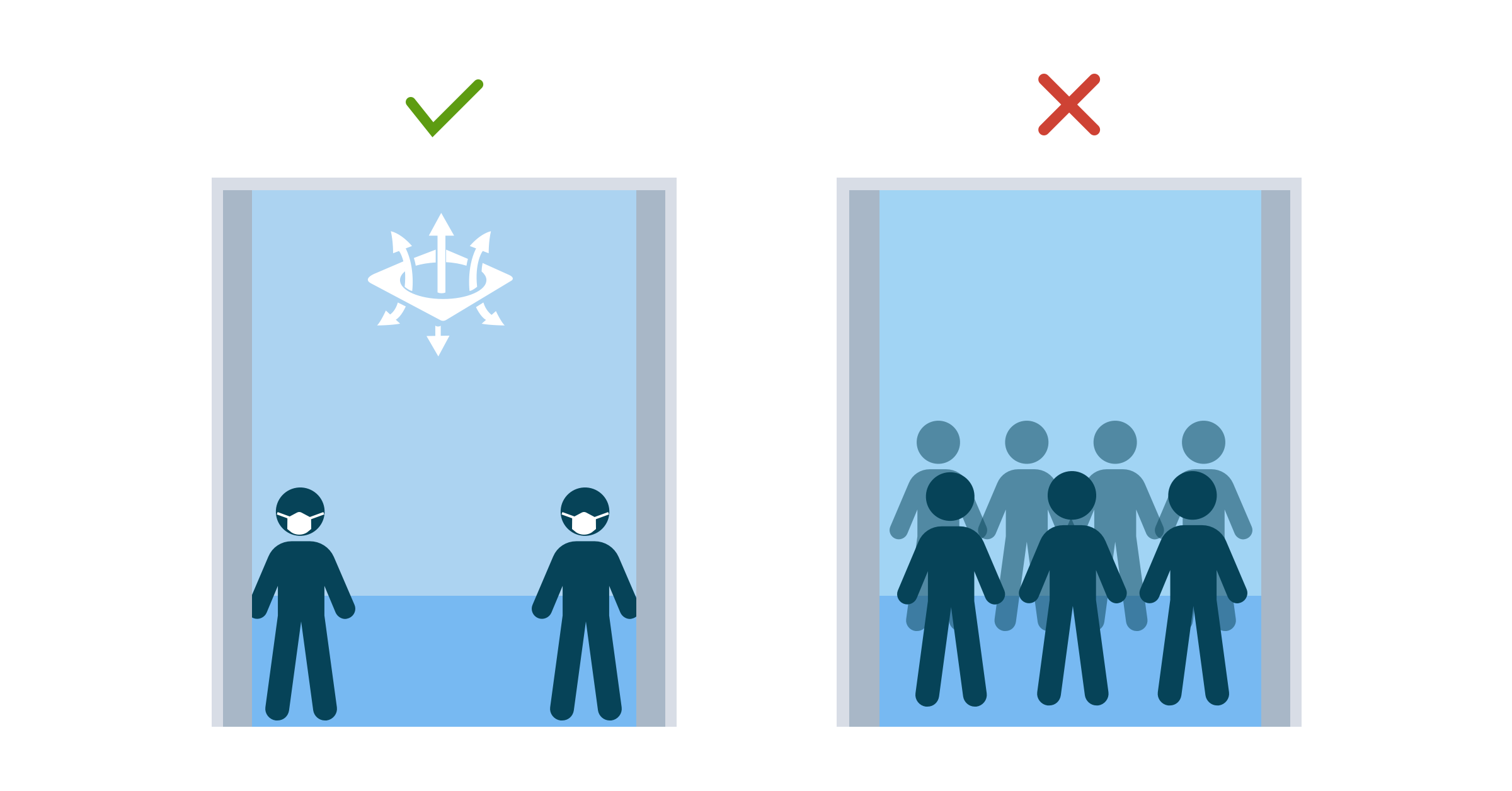A New World for Vertical Transportation:
Tips for Keeping Your Elevators Safe
Author: Andrea Arceneaux, VP of Technical Operations and Support, AuditMate
With COVID-19 requiring all of us to social distance, vertical transportation needs have also changed. Here are a few things to consider to keep your elevators safe and ready for the general public and for your business.
For the General Public
- If you’re using an elevator, try to limit capacity to one to three persons per car (dependent upon size). If the elevator has taped off an area on where to stand, follow the guidelines.
- If you’re traveling on an escalator or moving walkway, stand 6 feet from the passenger in front of you.
- Wear a mask and sanitize your hands after touching any buttons or railings in or near an elevator.
For Building Owners and Managers
For those of you who own or manage buildings with vertical transportation, it’s important to know that elevators can be transmission hotspots for COVID-19. Additionally, due to building closure mandates, some of your elevators may have been set to Out Of Service (OOS).
According to Good Morning America, many businesses around the country are changing the way they operate in order to reopen. To ensure your vertical equipment is in compliance with COVID-19 safety requirements, modifications may be needed. Some of these may include:
- Elevator cab fans: Typically, elevators are fitted with a small one or two-speed fan that moves very little air. Due to COVID-19, you may need to upgrade the size and speed of the fan to increase air exhaustion. For more information, visit Nylube Products Company, LLC.
- No-touch elevator hall and cab buttons: Adding these features reduces elevator surface exposure. You’ll want to ensure the local code authority in your area endorses this upgrade. For more information, visit Neonode.
- Key card or proximity card entry and floor designation systems: Similar to No-touch buttons, elevator card access also reduces surface exposure. For more information, visit Keri Systems.
- Smart elevators: Destination-based elevator controls that limit contact with buttons and reduce cab overcrowding by improving traffic flow. For more information, visit Schindler PORT and Otis Compass.
- Handrail sanitizers: Escalators and moving walkways that are equipped with handrail sanitizers round out your safety protocols. Again, ensure your local code authority has approved this method. For more information, visit Clearwin Escalator Handrail Sanitizer.
If you’d like our expert assistance, contact us at AuditMate. Let us do the heavy lifting.

